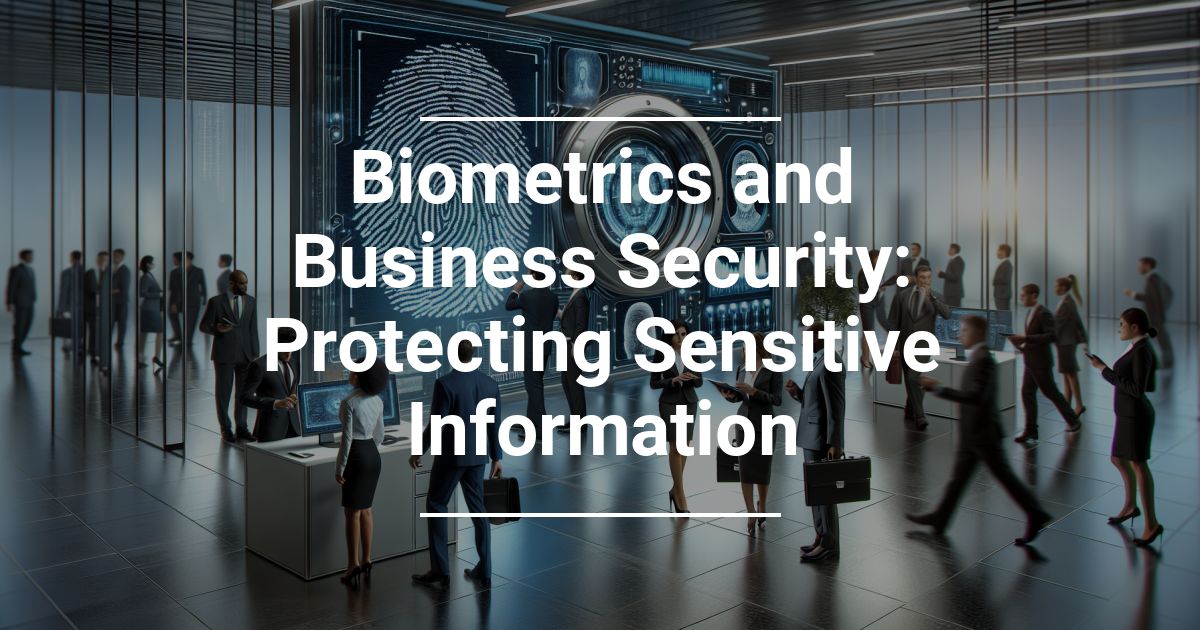 Have you ever considered that the only thing standing between a hacker and your sensitive data is the average seven-to-12-character password? The longer the password, the more secure it is since it’ll take longer to guess because it has more permutations.
Have you ever considered that the only thing standing between a hacker and your sensitive data is the average seven-to-12-character password? The longer the password, the more secure it is since it’ll take longer to guess because it has more permutations.
However, password leaks are incredibly common. What should a worried business owner do? Consider biometrics, a state-of-the-art technology that offers incredibly robust protection for data.
What Are Biometrics?
Biometrics is the recognition of unique physical human characteristics that cannot be replicated, which makes it safer than traditional passwords that unauthorized third parties can steal or hack. Employees log their biometric information into the system in an encrypted format. Biometrics offers ironclad security, which is why it's one of the top-used digital authentication methods worldwide.
The Types of Biometric Methods
Suppose you’re considering implementing biometrics into your business, encouraging all employees to use this instead of passwords. In that case, there are many types of biometric data to choose from. For instance, the system captures digital images with fingerprint recognition, iris scanning, and retina scanning. It locates unique patterns that no other human being can naturally match. There’s also:
- Voice authentication: The technology records speech samples and creates templates based on them. When you use your voice to log into a workplace device, the system compares your speech to the template. If it's a match, you can log in.
- Facial recognition: AI analyzes facial features for unique markings, like fingerprint and retina scanning. The software distinguishes between similar-looking individuals by mapping the distance between features, marking key patterns, and more.
- Hand geometry: Like facial recognition, hand geometry methods include using sensors and cameras to scan the hand for shapes, sizes, outline edges, and slight movements.
The Benefits of Biometrics
Since these biometric measures have a very small threshold for false positives, you can rest easy knowing all your company data is protected. Not only are these identifiers difficult to forge, but the continuous authentication system requires further authentication for any perceived threat.
For example, the system enforces other biometric checkpoints if biometrics don’t match the template or unusual activity occurs. If the voice isn’t a perfect match, the technology uses multi-factor authentication (MFA) methods and insists on a fingerprint or retina scan in addition.
But it’s just as much about convenience as safety. Employees, especially new ones, don’t worry about remembering complex passwords or getting locked out of their company devices. Nor do they have to write passwords down, increasing the chances of them falling into the wrong hands. They also don’t have to worry about losing a physical security key since they can use their voice or fingerprint to sign in.
So, consider biometrics for your business, whether you’re in it for extra security, convenience, or to keep up with the evolving times. Further research the different methods to implement them and get started today!





